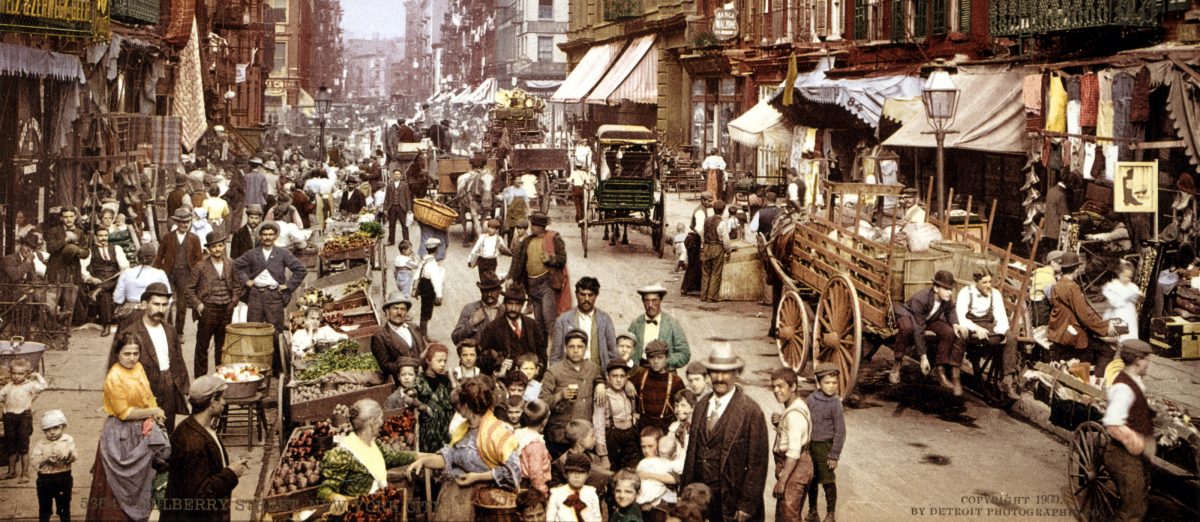One of the most interesting urban planning debates going on in the country right now is happening in Austin, Texas. In 2012, the Austin City Council adopted the Imagine Austin Comprehensive Plan, a three-year effort that established priorities for the city’s growth and development for the next 30 years. Among the priority actions the plan identified were to invest in a compact and connected Austin, to grow and invest in the creative economy, and to develop and maintain household affordability. The next step in implementing the plan is to revise and modernize its zoning regulations. The city is now in the midst of that process, which it has dubbed CodeNEXT.
Austin, of course, is one of the fastest growing cities in the U.S. From 2000 to 2017 the city’s population increased from 657,000 to 950,000, an annual rate of growth of 2.2%. It’s also gained a reputation as a fun place to live and has become a migration magnet for millennials; a Brookings Institution study found that Austin has the second-highest proportion of millennials in its population (27.2%) of the top 100 metro areas. With about 48% of its adult population holding a bachelor’s degree or higher, it also ranks among the nation’s most educated cities, comparable to Boston and Minneapolis.
Not surprisingly, Austin’s economic prosperity has entailed some costs. In particular, during this century it has had one of the fastest rates of housing price increase in the country. According to the Freddie Mac House Price Index, home prices in Austin have increased at about a 5.0% average annual rate since 2000, which is on a par with the Fresno, Salt Lake City and Washington D.C. metro areas. Since much of the city and the surrounding areas are zoned for single-family homes, growth has mostly taken the form of low-density sprawl. The developed land area of the metro area increased from just 53 square miles in 1970 to 372 square miles in 2016.
